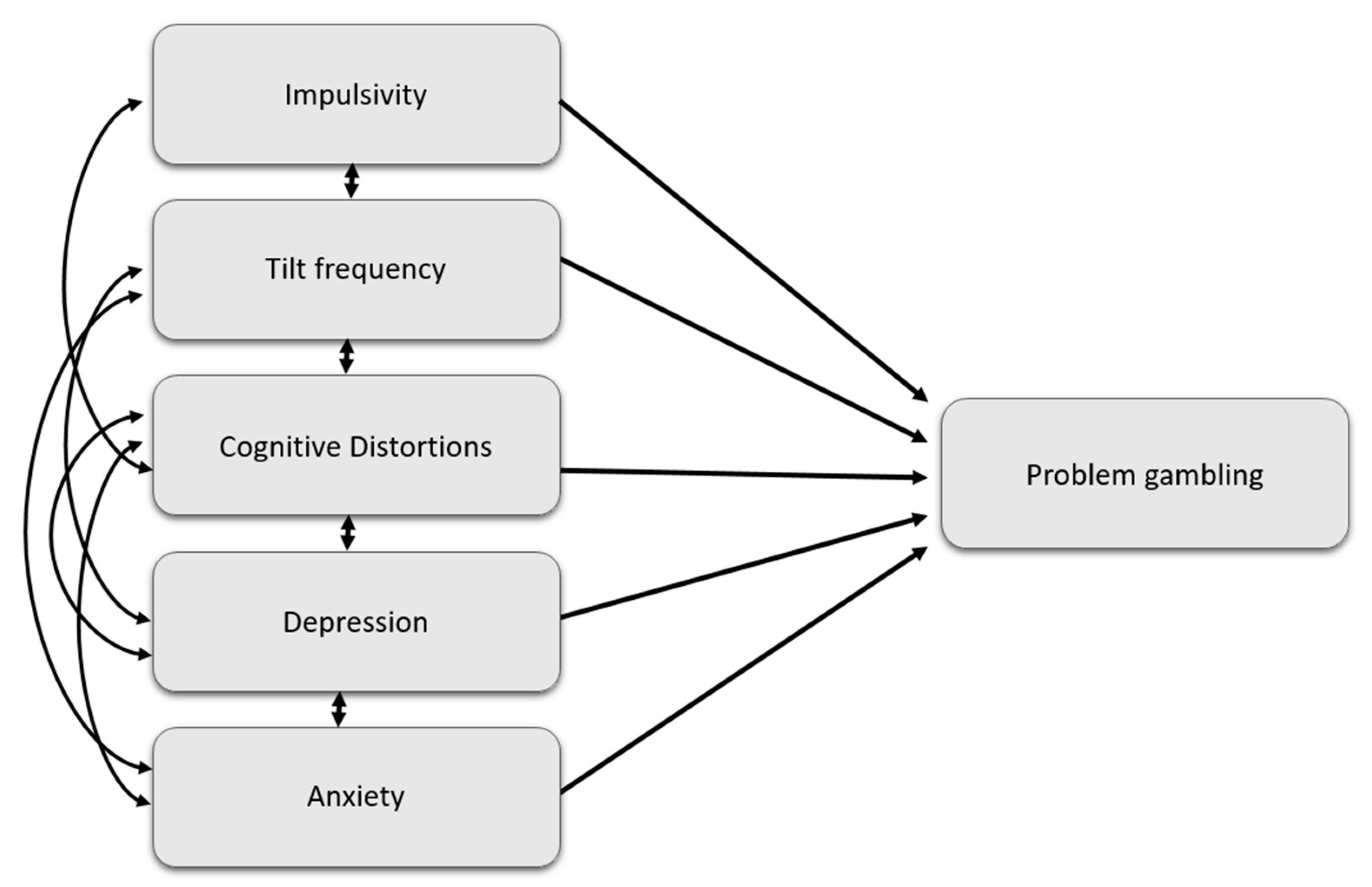Tilt Gambling Term
Gambling Tilt Part 2: Social Science Theory of Gambling Tilt
My previous post attempts to explain why gamblers tilt. Basically, gamblers tilt primarily because of social reason or personal reason or a combination of both. This is best explained by applying the the social science theory of tilt on one hand and the psychodynamics theory of tilt on the other hand. Most of you know what is psychodynamics therapy because cognitive behaviour therapy is the bread and butter of practising psychiatrists of the medical profession throughout the world.
- Face Card – a gambling term that references a playing card with a “face” on it. These are the kings, queens, and jacks. These are the kings, queens, and jacks. Fixed Odds – a fixed-odds game occurs when the chances of winning and the associated payouts are fixed ahead of time, such as a simulated horse racing game in an online casino.
- Our First Deposit Bonus Promotion Terms 1.1 This promotional offer (“ Offer ”) requires you to make a minimum deposit of USD $10 or EUR €10 or GBP £10 or CAD $10 up to USD $600 or EUR €500 or GBP £400 or CAD $600 (“ Eligible Deposit ”) for a chance to receive a bonus amount in relation to your deposit (“ Reward ”).
TILT Or On Tilt.Term usually used in poker.It means you have had so much bad luck,or are so deep in trouble that you are 'on tilt' - betting like a maniac,reckless,and all thought process gone. TOUT Somebody who sells tips for money. TON £100 Pounds.
In this post, I will discuss the social science theory of tilt. I will explain how it can be used to elucidate why gamblers tilt.
In order to appreciate this, you have to know the “ground theory” and “emotion work”. Ground theory is the brainchild of Glaser and Strauss whereas emotion work is the brainchild of Hochschild. You would not be able to understand tilt unless you know both.
Ground theory method was developed by two sociologists or social scientists, Barney Glaser and Anselm Strauss. Their collaboration in research on terminal hospital patients under hospice care led them to write the book “Awareness of Dying”. In this research they developed the constant comparative method, later known as Grounded Theory Method.
Grounded theory method is a systematic methodology in the social sciences involving the discovery of theory through the analysis of data. It is mainly used in qualitative research, but it can also extend to quantitative data. In my opinion, grounded theory is a powerful research methodology for complex social systems because it can kill two birds with one stone.
Grounded theory method is a research method, which operates almost in a reverse fashion from traditional research and at first sight may appear to be in contradiction to the scientific method. Rather than beginning with a hypothesis, the first step is always data collection, through a variety of methods. From the data collected, the key points are marked with a series of codes or keywords, which are extracted from the text. The codes are grouped into similar concepts in order to make them more workable. From these concepts, categories are formed, which form the basis for the development of a theory, or a reverse engineered hypothesis. This contradicts the traditional model of research, where the researcher chooses a theoretical framework, and only then applies this model to the phenomenon to be studied. Sounds interesting. Yes, creative and innovative as well.
(In a similar way, you are using ground theory to do niche marketing when you start with keywords research and data collection. If your niche marketing theory work, then you make a lot of money).
Emotion work is the brainchild of Hoschschild. Arlie Russell Hochschild is a professor emerita of sociology at the University of California, Berkeley. She is the author of several prize-winning books. She introduced into the discipline of sociology the ideas of “feeling rules”, “time bind” and “emotional labour”.
Hochschild earned her M.A. and PhD from the University of California, Berkeley, where she later became a professor. As a graduate student at Berkeley, Hochschild read the writings of C. Wright Mills. In White Collar, Mills argued that we “sell our personality.” This resonated with Hochschild, but she felt that more needed to be added. As she writes,
“Mills seemed to assume that in order to sell personality, one need only have it. Yet simply having personality does not make one a diplomat, any more than having muscles makes one an athlete. What was missing was a sense of the active emotional labour involved in the selling. This labour, it seemed to me, might be one part of a distinctly patterned yet invisible emotional system– a system composed of individual acts of ’emotion work,’ social ‘feeling rules,’ and a great variety of exchanges between people in private and public life.
Hochschild starts with the thesis that human emotion and feeling—joy, sadness, anger, elation, jealousy, envy, despair—is, in large part, social. Each culture, she argues, provides us with prototypes of feeling which, like the different keys on a piano, attune us to different inner notes. Tahitians, she points out, have one word, “sick,” for what in other cultures might correspond to ennui, depression, grief or sadness.
Culture guides the act of recognizing a feeling by proposing what’s possible for us to feel. In The Managed Heart Hochschild cites the Czech novelist Milan Kundera, who writes that the Czech word “litost” refers to an indefinable longing, mixed with remorse and grief—a constellation of feelings with no equivalent in any other language. It is not that non-Czechs never feel litost, she notes; it is that they are not, in the same way, invited to lift the feeling out and affirm it—instead of to disregard or suppress it.”
So, now you understand what Hochschild means by emotion work and feeling rules.
Using the social science approach, you will now apply the ground theory to tilt. Remember, grounded theory is mainly a qualitative research methodology. It is a descriptive approach that starts with data collection. Applying the grounded theory, tilt, is used to describe the process of losing control in various gambling situations. Although some problem gamblers and most compulsive gamblers did not use this term, they described the same process. Then, you define tilt and break it down into its various components. This reverse engineered hypothesis then attempts to explain the elements of tilts, the source of tilts and the process of tilts. A well known social scientist, Hochschild invented this concept of ’emotion work’ and ‘feeling rules’ often referred to as Hochschild’s concept. It can be used to describe how successful professionals stay off tilt. The major contention of her research work is that all gamblers experience tilt through their reactions to tilt and tilt-inducing situations. Their reactions determine whether gambling will become a major problem, whether gamblers will become recreational gamblers, problem gamblers or compulsive gamblers.
Basil R. Browne, another social scientist from the University of California, Berkeley, has identified that good gamemanship consists of three elements:
Avoiding financial crisis requires gamblers having a complete game.
Tilt Gaming Term
In games of skill, financial crisis results from a defective relationship between your strategy of play, your money management and your emotion work.

In games of chance, gamemanship helps in not becoming a problem gambler. More importantly, you have to recognize that there are no playing strategies that result in one winning all the sessions.
(The aforementioned last statement is of utmost importance. I will elaborate on this in a separate post). Good gamemanship will help you to decide not to play games of chance frequently or not to play such games at all.
Here, in gambling tilt, ground theory can help you to describe tilt as the process of loss of control.
Gambling becomes a problem for gamblers who are on tilt frequently. Problem gamblers are characterized by tilting rather than by chasing. It is usually while gamblers are on tilt that they lose large amounts of money. Gamblers can go on tilt for periods lasting from a few minutes to days and even months.
The term tilt implies deviation from a norm. Of course, there are gamblers who do not play well to beat the game. They are prime candidates to become problem gamblers because they have not yet learn the game. Good money management and emotion work can delay the onset of crisis from gambling for gamblers with bad playing strategies. But if the gambler continues to gamble it is only a matter of time before a crisis occurs.
TILT SITUATIONS
Basil R. Browne has identified seven situations that have the potential of putting a gambler on tilt. These are:

Tilt Gambling Slang
Tilt Gambling Terms
Once you have identified the situational triggers for tilt, you then effectively come out with preventive procedures and measures to stay off tilts.
So, you have a glimpse of the social science theory of tilt. I will discuss the psychodynamics theory of tilt in my next post,
Below are the prize winning books written by Hochschild.
Amazon.com Widgets
Social Bookmarking